Importing Microsoft Configuration Manager packages
Importing Microsoft Configuration Manager packages
The Packaging PowerBench also allows you to import Microsoft Configuration Manager applications and convert them into a PowerShell script. Therefore, to import a SCCM package in the PPB, proceed as follows:
|
Note: The option to import Microsoft Configuration Manager applications into the Packaging PowerBench is only available if the Configuration Manager Integration is activated and configured. |
- If you have just opened the PPB, click "Import Package" on the start screen.

- Alternatively, select "Import Package" from the "File" menu or click the "Import Package" icon in the "Tasks" tab.
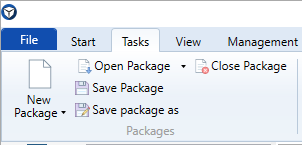
- The Package Import Wizard opens, where you now select the "Import Installation-Package" option:
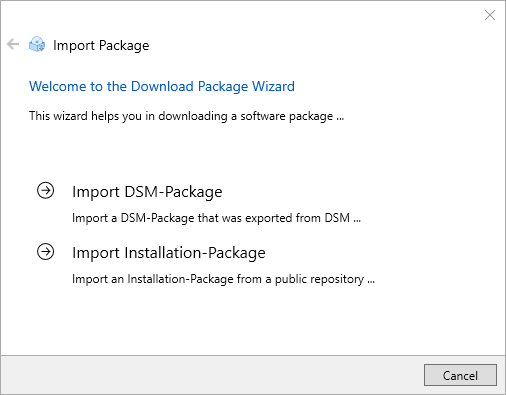
- Now select "SCCM site server (<sitecode> - <name of site server>)" from the "Package source" drop-down list. This dialog also shows when the package list used by the wizard is dated and how many packages are recorded there. If you want to update the list, for example because you know that a new package has been added in the meantime that you now want to import, then you can trigger an update of the list via the "Begin update" link. Confirm your selection with "Next".
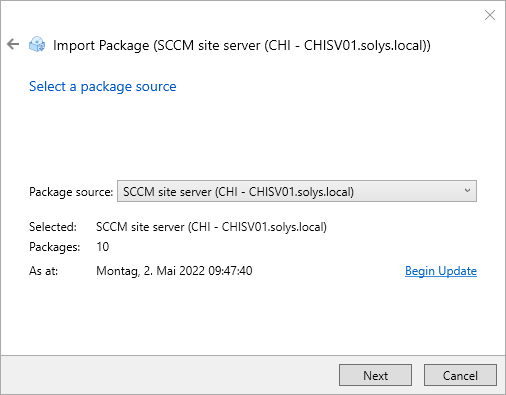
- On the following wizard page, you select the software package to be imported. You can scroll through the alphabetically sorted list or limit the displayed selection by entering a search term in the "Filter" field. You do not need to use wildcards when filtering. Also, both the title and description of the package are searched for the search term.
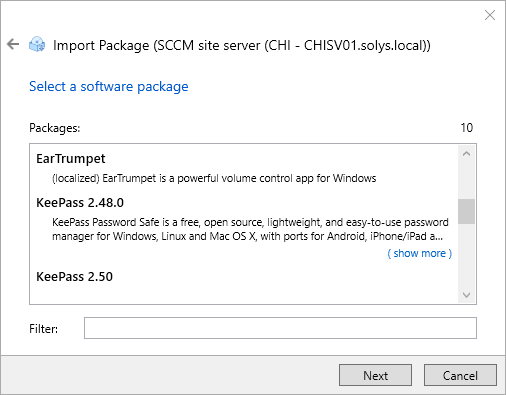
- On the next wizard page, select which version, installation type, architecture and language version you want to import. The available options depend on the selected package. The description locale selection also determines what information is included in the package properties.
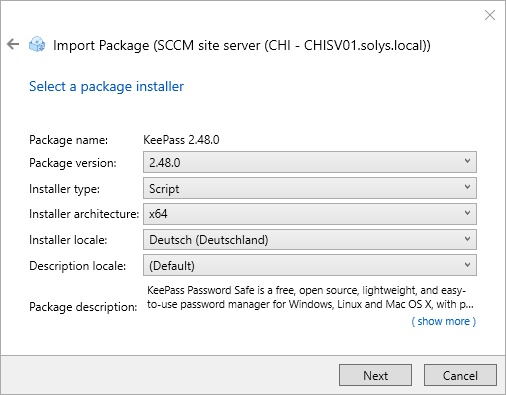
- Finally, you have to specify the name of the PPB-package to be created and the target directory. The suggested name is composed of the name of the software package to be imported and the selected version number, the target directory is composed of the default package path for new packages and the determined name. You can adjust both values to your requirements.
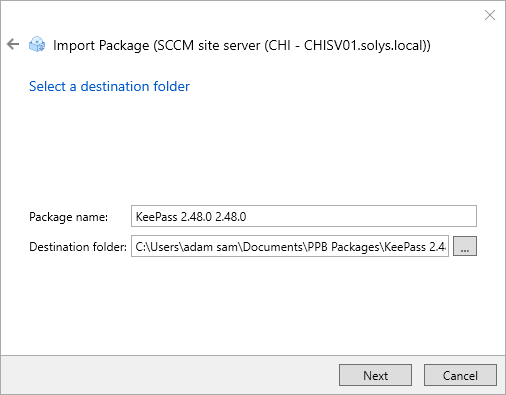
- On the following page of the wizard, you will see a summary of the settings you have made. If you want or need to make changes, you can switch back to the previous wizard pages at any time by clicking the
 icon. If all settings are correct, start the import process with "Finish".
icon. If all settings are correct, start the import process with "Finish".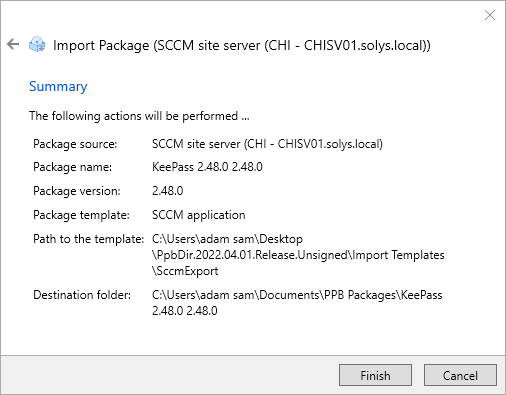
- After the import is completed, you will receive a summary of the actions performed by the wizard, which you confirm by clicking "Close".
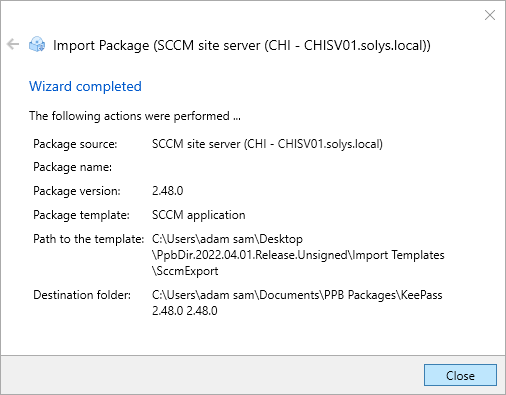
After the import is complete, you have a complete Packaging PowerBench-package that you can now edit further, adapt to your environment, or export.